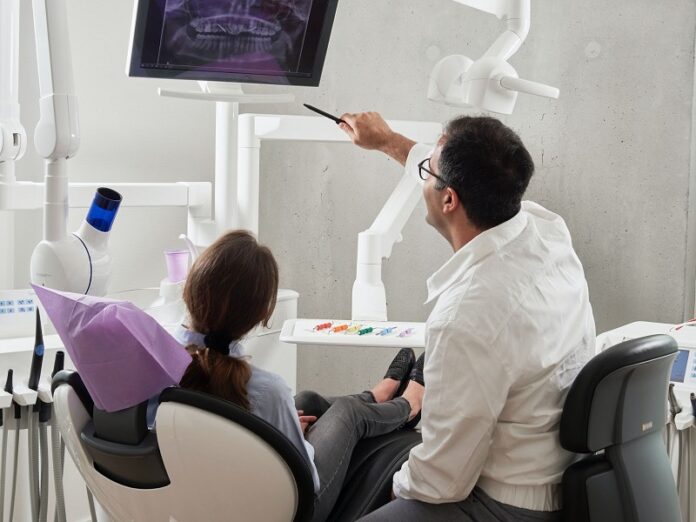Traditional dentistry revolved around using uncomfortable metal tools to poke and prod at your teeth and gums. However, technology has revolutionized everything including medical practices. As a result, these old-fashioned tools are no longer needed in dental procedures and are being replaced with laser technology. Laser dentistry can still be used for most including tooth decay and gum diseases.
What Is Laser Dentistry?
Laser dentistry is a wide term used for dental procedures that involve the use of lasers to treat various dental issues. The laser instrument uses light energy in a very focused and narrow beam which can result in a reaction when it hits the tissue, enabling the dentist to shape the tissue.
Laser became commercially used in clinical dental practice for tooth tissue in 1989, and the technology has improved tremendously ever since. Laser dentistry has the potential to offer much more comfortable treatments as compared to drills or non-laser tools and can handle various problems in hard and soft tissues in our mouth.
Types of Laser Dentistry
Laser dentistry today falls under two categories: soft tissue applications and hard tissue applications.
1. Hard-Tissue Laser
These types of lasers are extremely effective in procedures that require precision and cutting through the enamel, making them an ideal solution for the precise removal of bone or teeth. This includes shaving down uneven tooth structures or even repairing old dental fillings that need a touch-up or some sort of change. Hard-tissue laser applications usually include:
- Detection and removal of cavities
- Tooth preparation for crowns and fillings
- Treatment of tooth sensitivity
- Teeth whitening processes
2. Soft-Tissue Laser
Diode and YAG lasers are ideal when handling problems that are related to soft tissue problems like gum disease. For example, carbon dioxide lasers can quickly and safely remove any tissues that have been damaged due to periodontal diseases while simultaneously keeping the healthy tissue intact. This laser can target nerves and blood vessels with precision and utmost care that is ideal for sensitive tissues. Soft-tissue applications usually include:
- Reshaping your gummy smiles
- Lengthening of the dental crown
- Repairing any defects in soft tissue and treating congenital abnormalities
- Treating cold sores or cold throat
- Removal of benign tumors
- Removal of affected tissue to treat sleep apnea
Other Laser Procedures
Viewing tissues for optical coherence tomography enables a dentist to clearly and safely see inside your tooth or gum tissue. Lasers in dentistry can also be used to remove any tumors from the palate, gums, and sides of your lips and cheeks through suture-free methodologies. Lasers can also speed up certain bleaching processes during a teeth-whitening procedure at your dentist. They can also help with the regeneration of damaged blood vessels, nerves, and scars and reduce the chances of bleeding that are prevalent in conventional methods that use metallic tools.
Endnote
Laser dentistry can be particularly ideal for individuals who want that perfect smile with minimal pain. Laser dental procedures are quick, easy, and involve minimal discomfort for the patient and so, they are gaining popularity. The benefits of opting for these include less pain, lesser post-surgical bleeding, faster healing time, and minimal chances for any bacterial infection. Laser procedures also do not require anesthesia or Novocain.

